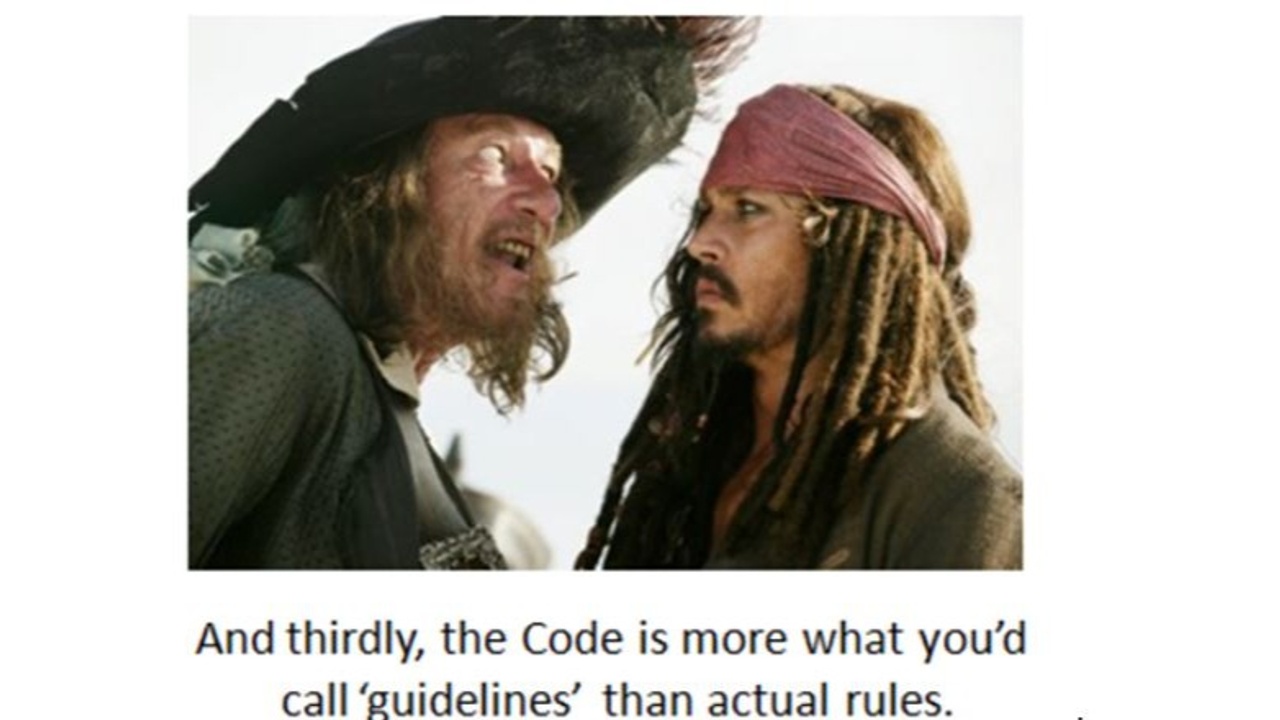
"Design the project development approach based on the context of the project, its objectives, stakeholders, governance, and the environment using "just enough" process to achieve the desired outcome while maximizing value, managing cost, and enhancing speed." PMBOK, pg. 44
The checklist I was looking at had 15 primary tasks, five per phase-gate. Each task could have as many as three forms to be completed, depending on the type and complexity of the project. I was nervous I'd have to fill all of these forms out, which I assumed would take countless hours. But soon the PMO lead pointed out only a handful of these forms were truly required. The rest were needed only if the team, stakeholders, compliance, or management thought they were. Why fill out 20 artifacts when only 5 were really needed? Music to my ears!!
Your processes should be used as a compass to guide the project, not a hammer to beat you with.
Every company has a different level of process rigor and maturity. There are a number of "it depends" in the process conversation. An entrepreneurial company will probably have more flexibility than a large, publicly traded one. Take time to understand the methodology used today as you begin to take on a new project.
During a project kickoff, talk about the processes to be used and ask for the team's input. Even though you're leading the project, team members have been involved in other efforts and may have opinions on what works well and what doesn't. Their input, in turn, creates greater commitment to those processes implemented on the project. Also, make process a topic throughout the project so it's continually improved. Rigor at one stage may be reduced or eliminated in another.
There are times, however, where processes must be followed and can't be altered. For example, when it comes to compliance projects that are subject to regulatory audit (i.e., Centers for Medicare & Medicaid Services - CMS), there are specific processes to follow and artifacts to produce. Sometimes team members may ask why a step is being handled the way it is. Understand why those steps must follow the process and explain its importance. Same goes for consultants who utilize a client's processes to complete projects. Sometimes you have to color within the lines!
When establishing or creating processes, think in terms of Rules vs. Guidelines. When I ran a PMO, a rule I had is every project had to have a charter, risk register and a schedule. The guideline was it could be as detailed or high-level as the project leader thought it should be based on complexity, the team, and stakeholders involved. If you're a PMO or managing project managers, give your project leaders and teams creative license (guidelines) to work within the established processes.
Something I have found with tailoring an approach comes from the retrospectives and lessons learned. Quite often, if one project is delivering a certain way, others are also. Before you know it, that way becomes the new norm, and an updated process is born! Pay attention and look for your new best practices coming from the teams.
Remember, no matter how good we feel our processes are, they're not perfect. Tailor based on the context of the project and ask for your team's input. Processes can have rules, but should also have some guidelines when applicable. And, if multiple project and project managers are making adjustments, then it sounds like a new process has been born!
Project Management Institute. (2021). A Guide to the Project Management Body of Knowledge (PMBOK guide) (7th ed.). Project Management Institute.
